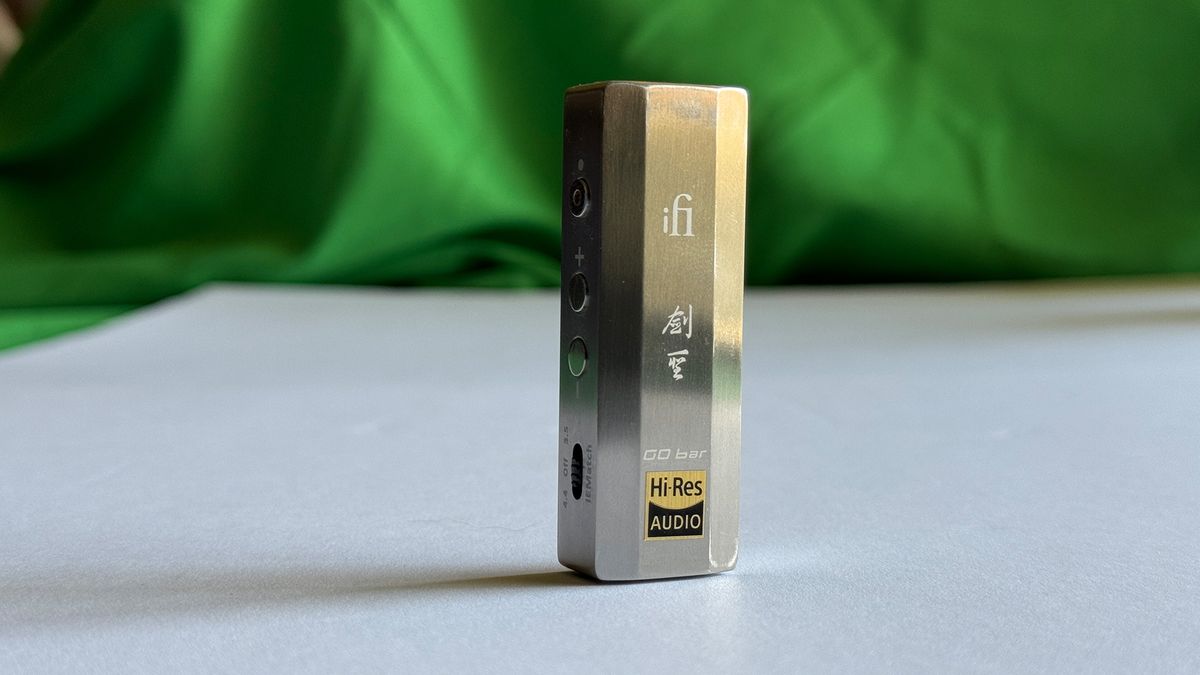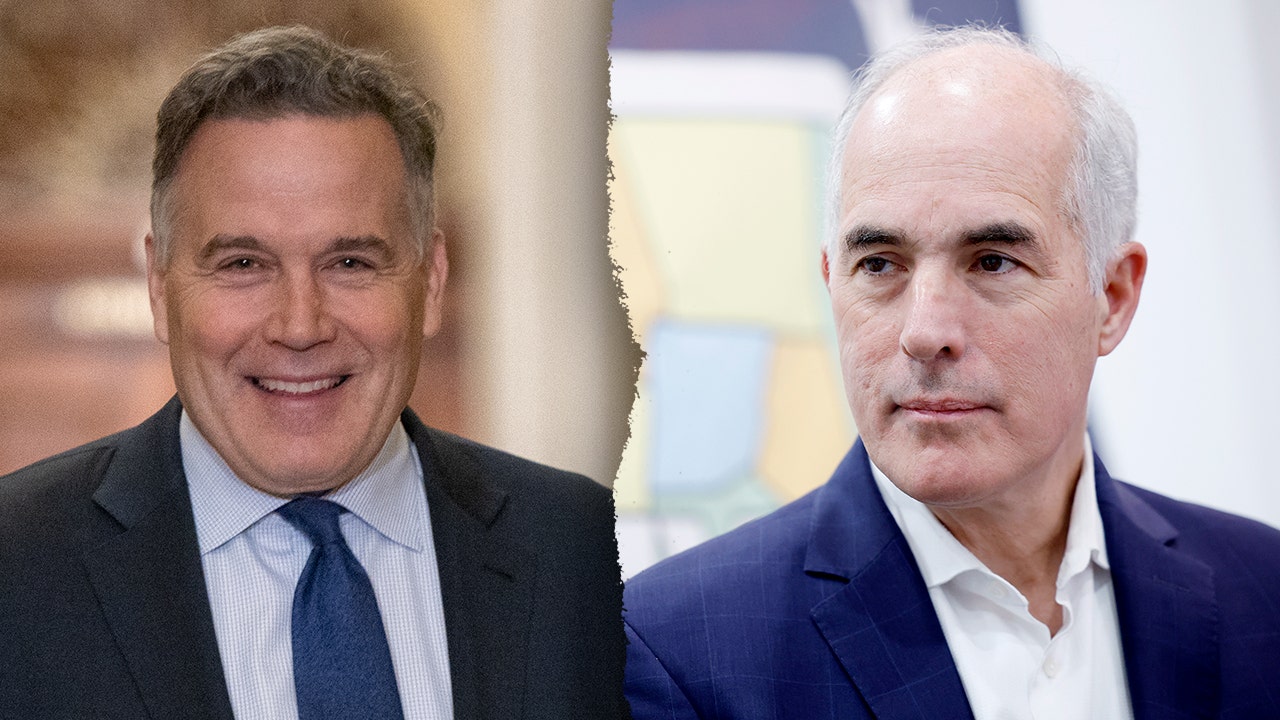Boss Talk
Kenya Power’s acting CEO on the high electricity bills and bid for tariff review
Friday December 16 2022
Geoffrey Waswa. PHOTO | NMG
Engineer Geoffrey Waswa Muli took over the helm of Kenya Power in May, in an acting capacity.
He has been tasked with restoring the company’s image, sustaining it on the profit path and helping the company curb outages and illegal connections.
From a general manager of regional coordination, Mr Muli is now in charge of the company, the sixth to head the firm within a span of fewer than eight years.
The soft-spoken career engineer talked to Business Daily on a raft of issues at the State-owned power utility including the emotive high power bills, importation of electricity from Ethiopia and the tariff review application.
Early last month, Kenya Power started importing electricity from Ethiopia, how big of an impact do you expect from this in terms of lowering the cost of power and also ensuring reliable power?
The Ethiopian deal is helping us build our base on clean energy.
When the use of the fuel plants goes down then the fuel cost adjustment goes down and therefore everybody in the country will benefit.
The thinking behind the Ethiopian deal is actually wider. We expect to have a highway of power connecting Kenya, Ethiopia, Tanzania and Uganda.
We will be linked to the Southern power pool and Western power pool so that there can be an energy trade between the nations.
We are done with the line from Ethiopia to Suswa and now there is another being done from Suswa to Tanzania, a good percentage of it is done lastly we have another line from Suswa through Lessos to Tororo.
The lines will create a scenario where whoever has excess power can support the other, making it easy for nations to stay away from thermal.
Instead of switching on thermal and they reis hydro in Uganda, I can quickly get it, and in turn, we can also export to another country.
Now that we are getting power from Ethiopia and with continued exploration of clean energy, is there a point in time when Kenya will stop using thermal power plants?
Thermal is there for a very important reason. It supports the system when we have generation challenges.
Our energy mix is hydro, geothermal, wind and solar. Solar and wind are intermittent so gaps need support.
You need support that you can plug it in and out, it is not to be used for a long time
We may never do away 100 per cent with thermal in the near future.
You only use it during peak demand or an extreme challenge like a drought.
But always having hydro and thermal as baseload is the best case and this is the Kenyan situation today. To us, these are significant steps as a country.
But at that point when we have sufficient hydro and geothermal then we can do away with thermal plants
The cost of power has been a pain to homes and businesses and the previous government effected a 15 per cent cut on power tariffs in January, with a promise of another cut that never came.
Instead, power bills are on a rise. Have we lost the fight to get cheaper power?
You can only reduce the cost of power if you subsidise the cost of generation.
Countries, where the cost of power is low, are where the governments have subsidised generation.
The task force’s recommendation of making power cheap left the government in a corner and that is why we had the subsidy in place because a promise had been made and it had to be delivered.
This year we developed the Least Cost Power Development Plan (LCPDP) where plants will come on board based on their much they are selling power to us. Currently, we are only getting producers through the LCPDP.
Are electricity subsidies sustainable as a way of providing cheap power to homes and businesses?
No sector can be run on subsidies and am happy that the government acknowledged as much and pronounced itself on the same.
As sector can only be supported to be more efficient and that way pieces fall into place.
The cost of power will eventually come down but it needs a lot of investing, like cheap sources of power.
Is the new administration keen on continuing with the talks that started last year between the Ministry of Energy and Independent Power Producers (IPPs)?
Yes, the talks are still on and the renegotiations have been going on. However, the results of the talks have not been as fast as Kenyans expected.
I may not give the word of where we are because it is a ministry issue. Kenya Power is the owner of the PPAs and so once the talks are finalized, ours will be to get in and implement the cuts, but so far we are still waiting.
Kenya Power has submitted an application for tariff review to the Energy and Petroleum Regulatory Authority, can you give details of this looming tariff increment?
We are not asking for a tariff review, we just want to go back to where we were without the subsidy. It is just a journey back and not a tariff increment.
Nobody is going to use money from January, if the 15 per cent tariff reduction was not there, we would not ask for a tariff review, we would deal with our issues.
The current tariff is sustained by subsidies and contributions, the effect of the reduction was Sh26 billion. The subsidy and contributions were just for one year, not beyond.
So after one year what happens?
It is the responsibility of KPLC to collect the revenue requirements of the entire energy sector and submit them to Epra so that the regulator can appropriate and give us the right tariff that will meet the revenue requirements of the entire sector.
Since you took over in an acting capacity last and even going forward if you get the job on a permanent basis, what are your biggest goals at the helm of Kenya Power?
Growing the businesses and sales and reducing systems losses are my two big goals. We are slowly but steadily walking towards cutting the system losses further.
Currently, we are doing 22.58 per cent and but the biggest challenge to cutting system losses is the expansion, when you expand too much then logically you strain the system.
At the moment we are investing in the primary network to make it robust enough to support the expansion.
We also to make outages a thing of the past and also we need to improve our financials, we can only get better.
How far is the plan to start having some of your customers pay their bills using foreign currency and what is the motivation behind it?
It is a consideration at this stage in time but we want to have it in place soon, of course, Epra has to review and approve the plan so that we can start billing in foreign currency.
We have realised that we have customers whose trade is in dollars, they produce goods to sell outside the country. So for them to pay us they must convert to Ksh.
These customers should be given an opportunity to pay their bills in dollars.
We need that facility (billing in foreign currency) so that as we generate a bill in shillings we can do it in dollars for other customers.
The framework has to be agreed upon, what exchange rate to use, are we going to use the rate of the Central Bank or the rates of first-tier banks?
Kenya Power in September invited firms to bid for a deal to build an electric-charging system for piloting in Nairobi and Nakuru, what became of the plans?
We are on and already bringing in 50 e-motorcycles before the year ends and so nothing has stalled. As the electricity distributor, we are keen to be at the forefront of championing the country’s shift to clean energy.
→ [email protected]




















Discussion about this post